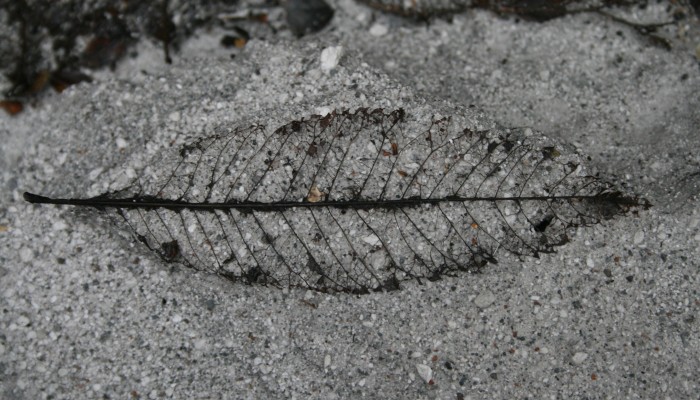May 1st marks the anniversary of the start of the first historical eruption of Chaiten, a small volcano in southern Chile, in 2008. A lot has been written on the eruption elsewhere, starting with Erik Klemetti’s eruptions blog which first reported on the event at the time. This is an opportunity to share some field photos, which I took during field visits to Chaiten in 2009. At the time of t ...[Read More]
If you didn't find what you was looking for try searching again.
GeoLog
GeoTalk: Robin Andrews
This month in GeoTalk, we spoke to Robin Andrews, a PhD candidate at the University of Otago, New Zealand, who takes us through the explosive aspects of one of Geology’s most thrilling disciplines – volcanology. First, could you introduce yourself and let us know a little about your work and what drew you to volcanology? Ah, introductions! Well, I’m Robin Andrews, a British postgraduate volcanolog ...[Read More]
Geology for Global Development
GfGD Launch Event at the University of Leeds
The GfGD University group at Leeds recently held a series of short talks to launch itself within the department. With financial support from the Student Experience team, the event consisted of three short talks from three members of the school, including the head of the department, followed by informal snacks and wine to allow students to mull over the topics discussed. The speakers raised the iss ...[Read More]
GeoSphere
Geology Photo of the Week #31/Science Travels
Sorry for the brief hiatus from blogging. This past week I was in Kenora and Dryden, Ontario getting into some great science outreach with an organization from uOttawa called Science Travels. Science Travels is a science outreach organization that sends science graduate students from the University of Ottawa and Carleton to northern communities to give presentations about a variety of science topi ...[Read More]
Geology for Global Development
Big River Rising: a Tale of Seasonal Flooding in Manila
To highlight the importance of Christian Aid’s disaster risk reduction (DRR) work, partly funded by the UK government, the charity produced an interactive web documentary called Big River Rising, which demonstrates the importance of science in helping Filipino slum dwellers cope with the seasonal flooding that regularly destroys their shantytown homes. The web documentary was shot during the drama ...[Read More]
GeoLog
Imaggeo on Mondays: The Chalk Cliffs of Étretat
Étretat is a coastal region in northern France, well known for its stunning geological landscape. Particularly the headland you see here. Headland erosion is perhaps one of the best known processes in coastal erosion, where a crack in the headland is opened and enlarged by hydraulic abrasion. Continued wave action causes the widened crack or cave to break through the headland and form an arch. As ...[Read More]
GeoLog
Geosciences Column: Perfecting Palaeogeographic Reconstructions
We model the changes in the geographic location of continents via paleogeographic reconstructions. However, the current methodology for generating these reconstructions is not without problems! Publication of palaeogeographic reconstructions is scarce, probably resulting from the difficulties associated with generating them. Conventional reconstructions are presented as static maps which have poor ...[Read More]
GeoLog
Communicating Climate Change
The UK House of Commons Science and Technology Select Committee has recently launched an inquiry entitled “Climate Change: public understanding and its policy implications”, which is due to address the issue of communicating climate change research. This inquiry was raised following a recent surge in climate change scepticism and a diminishing public concern regarding its effects, with ...[Read More]
GeoLog
Imaggeo on Mondays: Explosions in the Sky
Suwanosejima, which lies within the Ryukyu Islands, is one of Japan’s most active volcanoes, erupting almost continuously between the 1950s and mid 1990s. It has two active craters, the central Otake crater and the Bunka crater, to the southwest. While the frequency of these eruptions has declined, the volcano remains active, with strombolian and vulcanian type eruptions occurring every 2 to 4 wee ...[Read More]
Green Tea and Velociraptors
The early evolution of dinosaurs
Dinosaurs. What springs to mind when they’re mentioned? Colossal, towering sauropods? Packs of feisty feathered fiends? Or huge herds of hadrosaurs, chomping their way across the plains of long-lost worlds? Most, including myself, will automatically default to any one of these images when dinosaurs come up in conversation (what, you mean it’s not that frequent for normal people?) But w ...[Read More]

